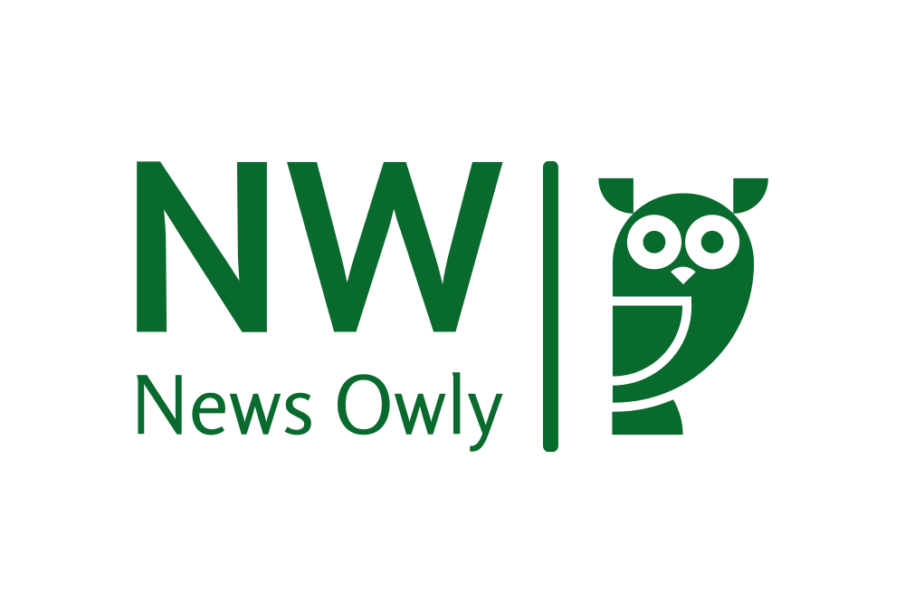Introduction to Measured Building Surveys

Measured building surveys are a crucial aspect of modern construction and architecture, providing detailed and accurate data about existing structures. These surveys involve the use of advanced techniques to measure and map various aspects of buildings, both internally and externally.
Definition and Purpose
At its core, a measured building survey is a comprehensive assessment of a structure’s dimensions, including floor plans, elevations, and cross-sections. The primary purpose is to create precise representations of existing buildings, enabling architects, engineers, and construction professionals to make informed decisions during the design, renovation, or refurbishment process.
Importance in Construction and Architecture
Measured building surveys play a fundamental role in the construction and architecture industries by providing essential information for various stages of a project. From initial planning and design to construction and beyond, accurate measurements are crucial for ensuring the success and efficiency of building projects.
Techniques Used in Measured Building Surveys
Several techniques are employed in measured building surveys, each offering unique advantages and applications.
Laser Scanning
Laser scanning utilizes advanced laser technology to capture millions of data points rapidly and accurately. This technique provides highly detailed 3D representations of buildings, allowing for precise measurements and analysis.
Photogrammetry
Photogrammetry involves the use of photographs to create detailed 3D models of buildings. By analyzing overlapping images taken from different angles, photogrammetry software can reconstruct the geometry of a structure with remarkable accuracy.
Traditional Surveying Methods
Traditional surveying methods, such as total station surveying and GPS, are still used in measured building surveys, particularly for smaller-scale projects or in areas where access to advanced technology is limited.
Benefits of Measured Building Surveys
The adoption of measured building surveys offers several benefits to professionals in the construction and architecture industries.
Accuracy and Precision
Measured building surveys provide accurate and precise measurements of existing structures, reducing the risk of errors and discrepancies during the design and construction phases.
Time and Cost Efficiency
By capturing detailed data quickly and efficiently, measured building surveys help streamline the project timeline and minimize costs associated with rework or design changes.
Improved Project Planning and Design
The detailed information obtained from measured building surveys enables architects and engineers to make informed decisions during the planning and design process, leading to more efficient and effective designs.
Applications of Measured Building Surveys
Measured building surveys have a wide range of applications across various industries and sectors.
Renovation and Refurbishment Projects
In renovation and refurbishment projects, measured building surveys provide essential information about existing structures, helping designers and contractors plan modifications and upgrades with precision.
Heritage Preservation
Measured building surveys are invaluable for heritage preservation efforts, allowing conservationists to document historic buildings and structures accurately.
Construction Site Monitoring
During construction projects, measured building surveys can be used to monitor progress and ensure that construction activities align with design specifications.
Challenges and Considerations
Despite their numerous benefits, measured building surveys also present certain challenges and considerations that must be addressed.
Data Processing and Interpretation
The vast amount of data generated by measured building surveys can be challenging to process and interpret accurately, requiring specialized software and expertise.
Safety and Access Issues
Conducting surveys in complex or hazardous environments may pose safety risks to surveyors, requiring careful planning and adherence to safety protocols.
Legal and Regulatory Compliance
Measured building surveys must comply with relevant legal and regulatory requirements, including permissions for access to private property and data protection regulations.
Future Trends in Measured Building Surveys
The future of measured building surveys is shaped by ongoing advancements in technology and innovation.
Advancements in Technology
Emerging technologies such as artificial intelligence and machine learning are revolutionizing the field of measured building surveys, enabling faster data capture and more sophisticated analysis techniques.
Integration with Building Information Modeling (BIM)
Measured building surveys are increasingly being integrated with Building Information Modeling (BIM) systems, allowing for seamless collaboration and information exchange throughout the project lifecycle.
Conclusion
Measured building surveys are indispensable tools for professionals in the construction and architecture industries, providing accurate and detailed information about existing structures. By leveraging advanced techniques and technology, these surveys contribute to improved project outcomes, enhanced efficiency, and better-informed decision-making.
FAQs
- What equipment is used in measured building surveys?
- How long does it take to conduct a measured building survey?
- Are measured building surveys only used for large-scale projects?
- Can measured building surveys be conducted on historical buildings?
- What are the typical deliverables of a measured building survey report?
Leave a reply
You must be logged in to post a comment.










